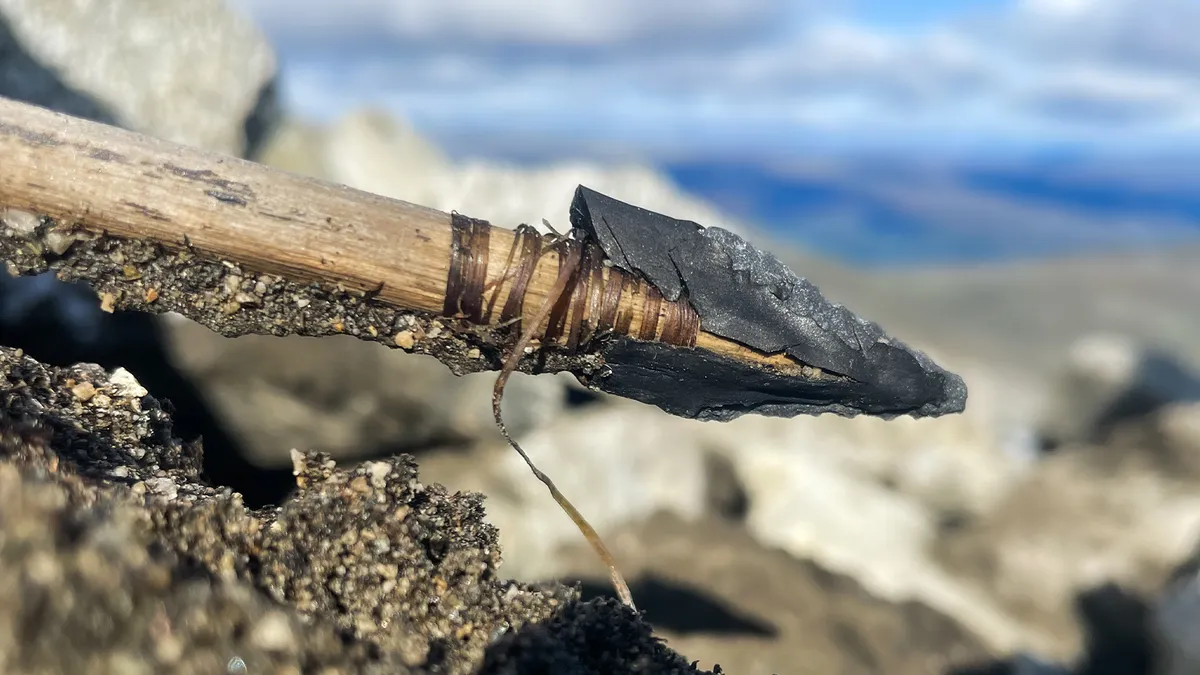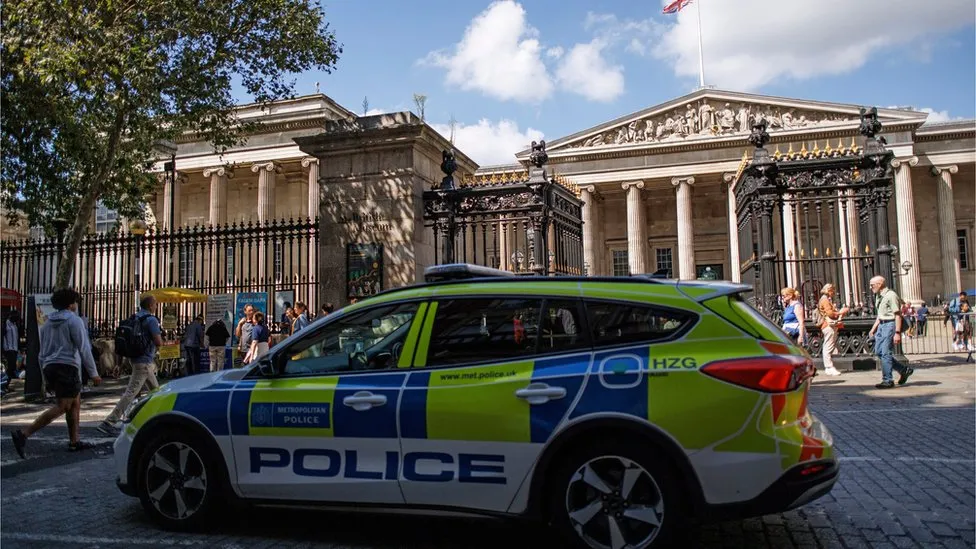Read the rest of this article...
Thursday, September 28, 2023
Oxford Was The Murder Capital of Late Medieval England, And It Was All Because of Students
Read the rest of this article...
The interactive Medieval Murder Maps give unique insight into violence, and justice in late medieval London, York, and Oxford.
Discover the murders, sudden deaths, sanctuary churches, and prisons of three thriving medieval cities. Click on a pin to read the story based on the original record written down in the rolls of the Coroner. Learn more by listening to one of our podcasts or reading our background information.
For more information on how to use the maps, visit this page. If you are referencing our maps and using them for study or personal interest, please read our terms and conditions.
The original London Medieval Murder Map was launched in November 2018 to international acclaim. You can listen to the launch lecture here.
Read the rest of this article...'Very rare' Iron Age arrow with quartzite tip uncovered from melting ice after 3,500 years
Read the rest of this article...
Shimmering item in dirt turns out to be rare 1,200-year-old treasure in Norway.
Read the rest of this article...
Wednesday, September 27, 2023
Large Roman Public Latrine With 60 Wooden Seats Discovered In Bet Shean, Israel
Read the rest of this article...
Impressive Textile Reconstruction Shows What Viking Age People Dressed Like
Read the rest of this article...
Talk about striking gold! Britain's oldest coin hoard is discovered in Buckinghamshire dating back 2,173 years - and experts say it could be worth £30,00
Read the rest of this article...
Intact 1,800-Year-Old Roman Sarcophagus With Unexpected Treasures Found In France
Read the rest of this article...
British Museum asks public and experts to help recover stolen artefacts
The British Museum has asked the public to help identify and recover ancient artefacts that have gone missing from its collection.
Last month a member of staff was sacked and police launched an investigation after around 2,000 treasures were reported "missing, stolen or damaged" over a "significant" period of time.
The museum has now said most are Greek and Roman gems and jewellery, and shared pictures of similar items.
Sixty objects have been returned.
In a statement, the museum added that 300 more had been "identified and [are] due to be returned imminently".
Wednesday, September 20, 2023
VOTIVE GOLD HOARD FOUND IN PAGAN TEMPLE
Read the rest of this article...
1400-year-old gold foil figures found in pagan temple
Read the rest of this article...
Untouched 1,300-Year-Old Grave Of Merovingian Warrior With Complete Armor Found In Ingelheim, Germany
Credit: Kaiserpfalz Ingelheim
Read the rest of this article...
(Image credit: Kaiserpfalz Research Center, Ingelheim)
Read the rest of this article...














